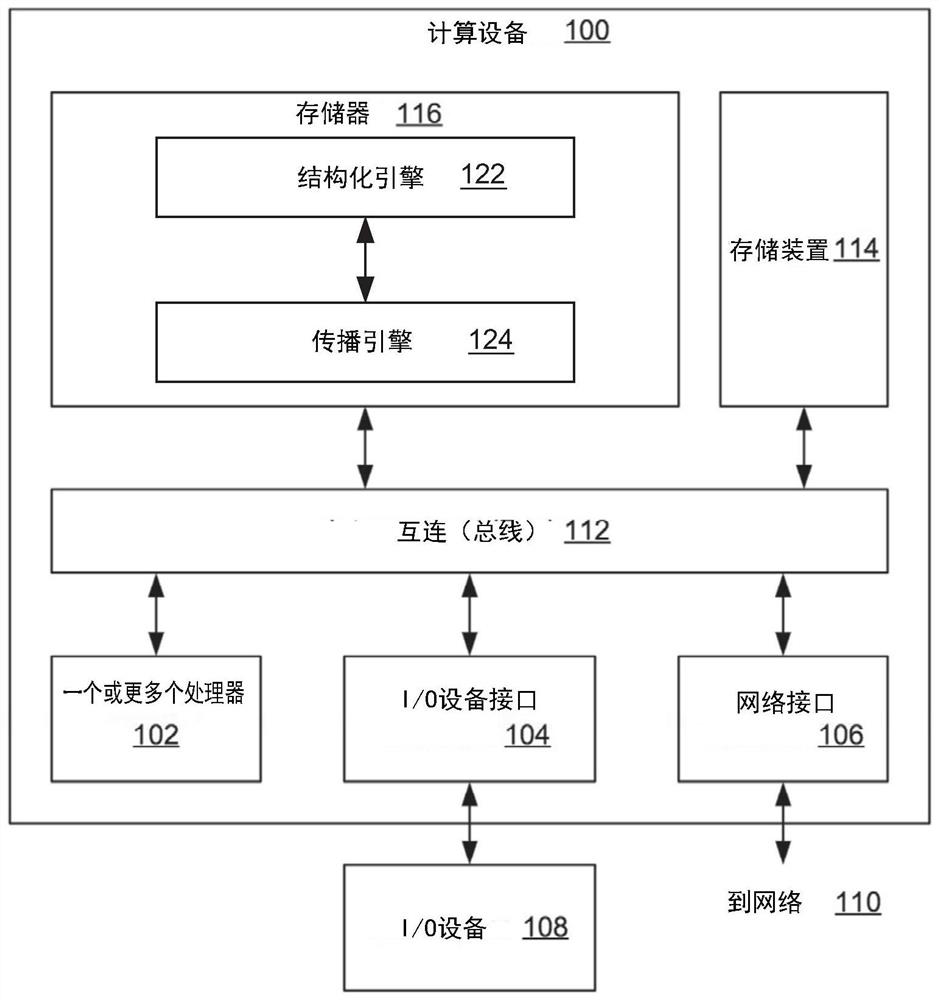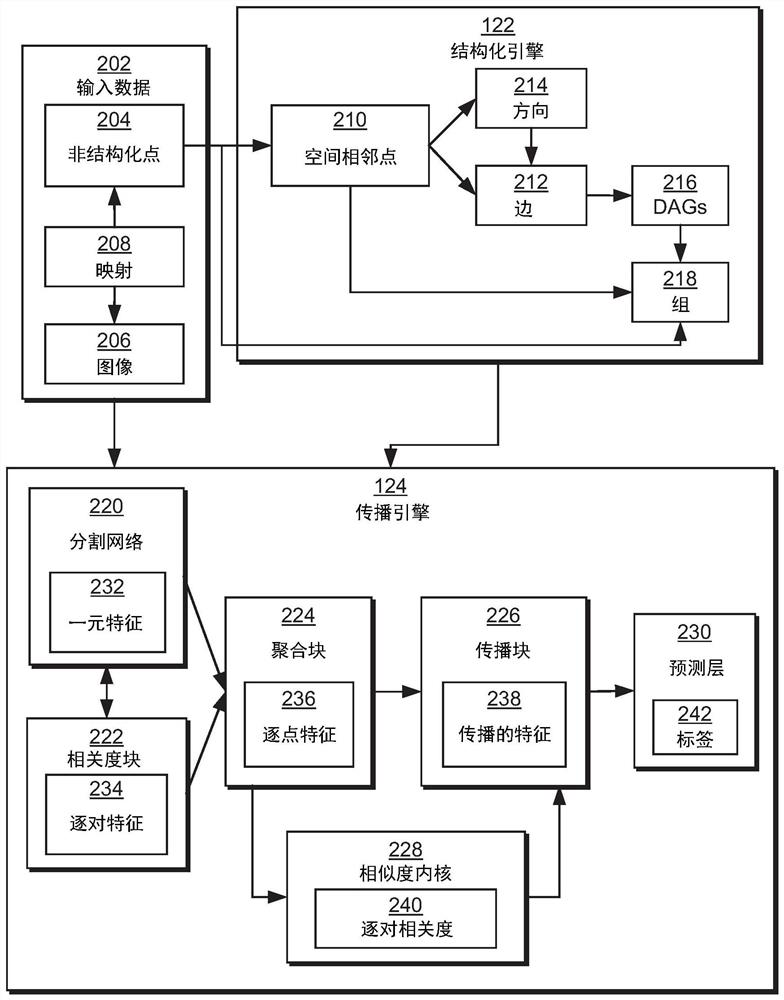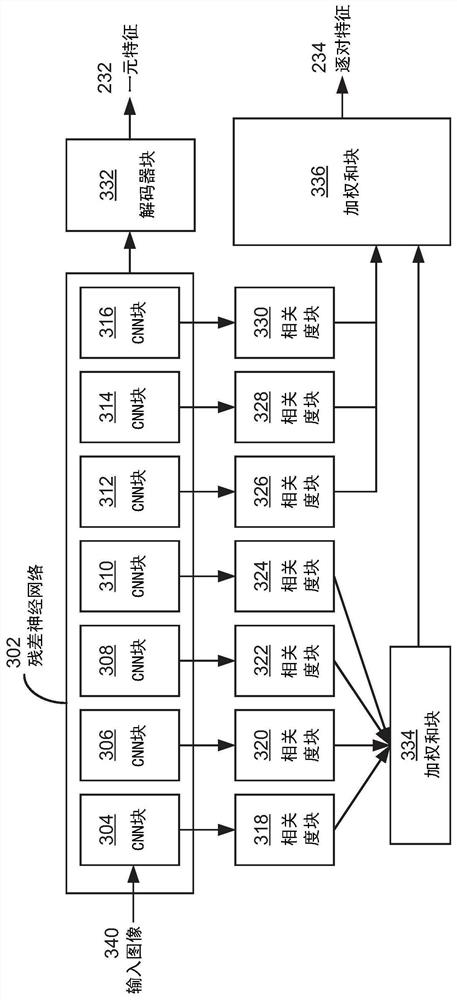Learning and propagating visual attributes
A point collection, spatial distribution technology, applied in the field of learning and dissemination of visual attributes, can solve problems such as restricted reasoning or dissemination
- Summary
- Abstract
- Description
- Claims
- Application Information
AI Technical Summary
Problems solved by technology
Method used
Image
Examples
Embodiment Construction
[0014] In the following description, numerous specific details are set forth in order to provide a more thorough understanding of various embodiments. It will be apparent, however, to one skilled in the art that the inventive concepts may be practiced without one or more of these specific details.
[0015] general overview
[0016] Computer vision and / or image processing tasks often involve determining or refining visual properties of objects or scenes. For example, an image may be analyzed or processed to identify an animal, person, car, road, building, body part, clothing, furniture, or other object in the image; determine the pixel location of the object within the image; the resolution of the above image; or add or enhance color to the image. Recognizing this visual property of images is important in many real-world applications, including autonomous vehicles, medical imaging, and robotic automation of manufacturing facilities and other processes.
[0017] These types o...
PUM
 Login to View More
Login to View More Abstract
Description
Claims
Application Information
 Login to View More
Login to View More - R&D Engineer
- R&D Manager
- IP Professional
- Industry Leading Data Capabilities
- Powerful AI technology
- Patent DNA Extraction
Browse by: Latest US Patents, China's latest patents, Technical Efficacy Thesaurus, Application Domain, Technology Topic, Popular Technical Reports.
© 2024 PatSnap. All rights reserved.Legal|Privacy policy|Modern Slavery Act Transparency Statement|Sitemap|About US| Contact US: help@patsnap.com










